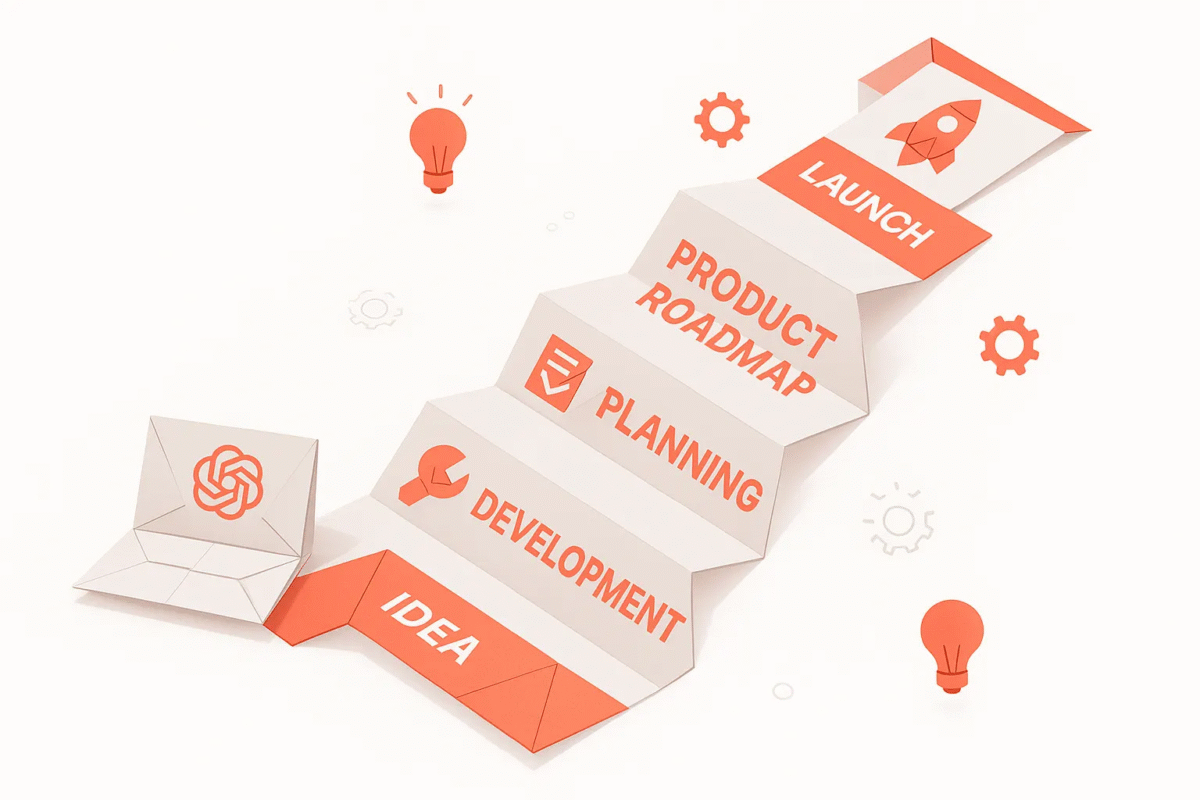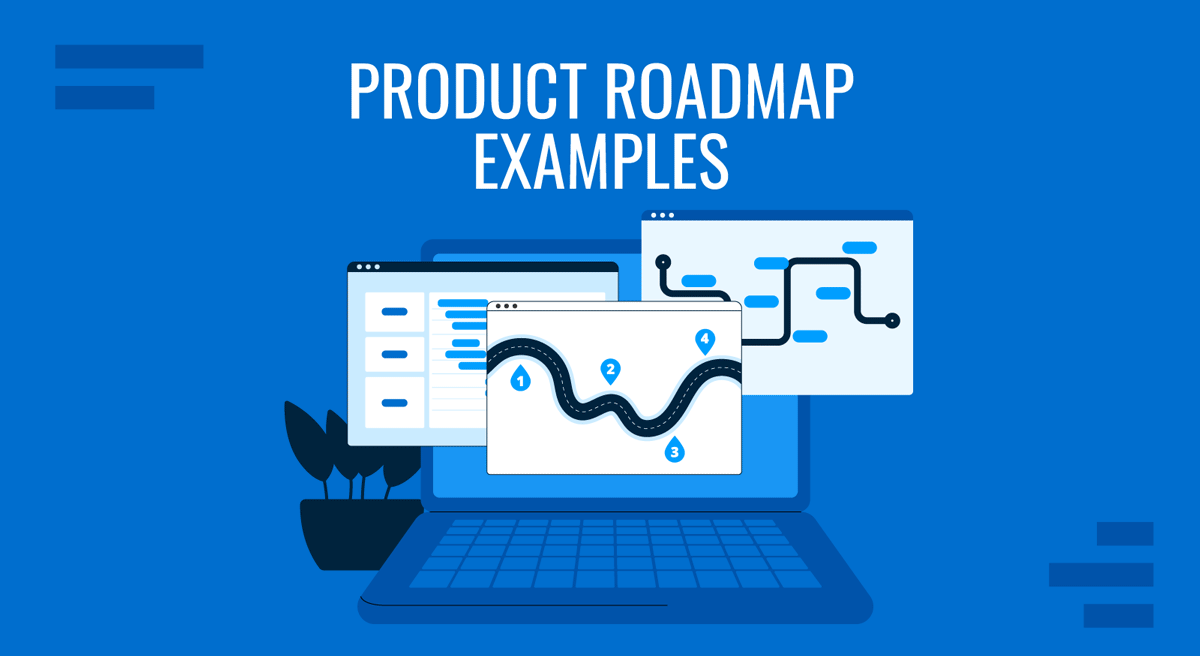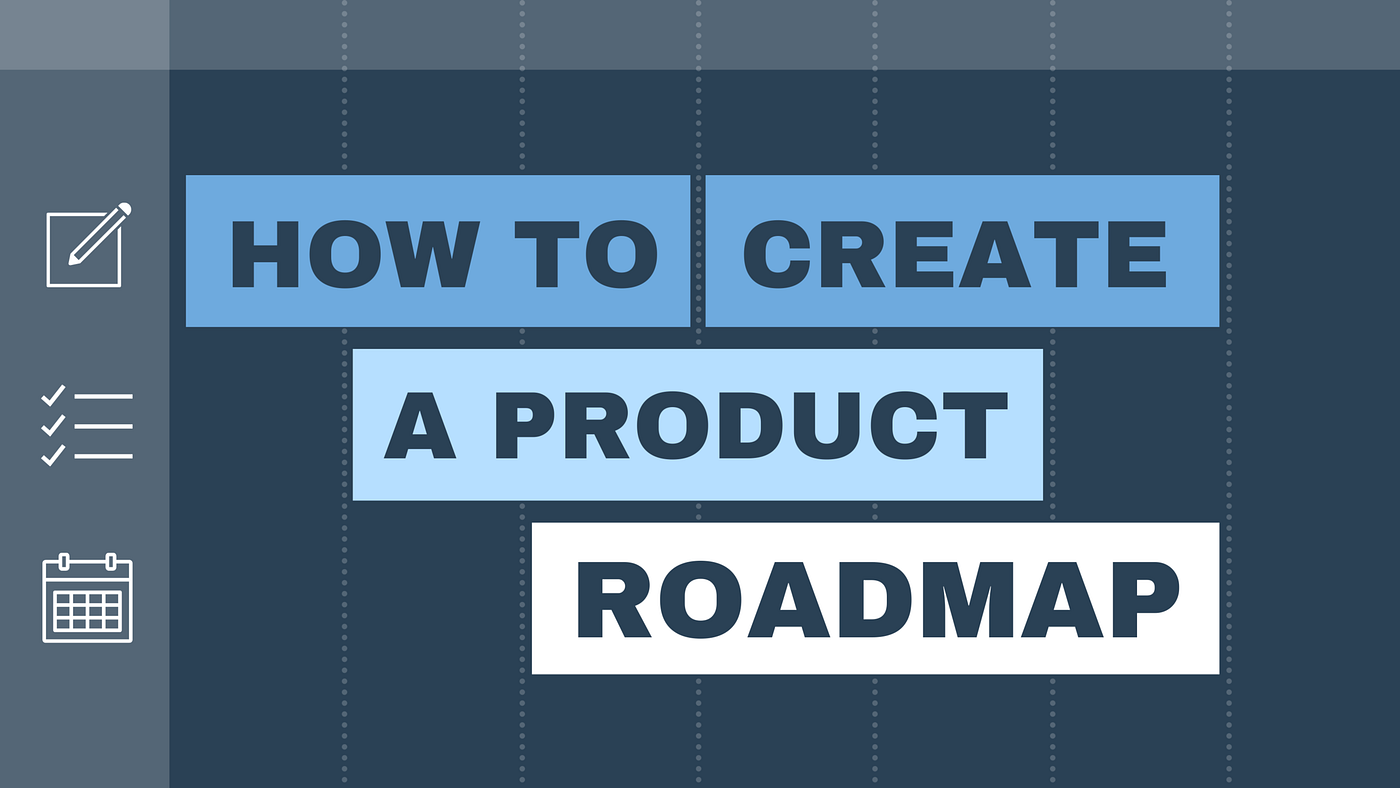
Introduction: The Chaos of Startup Launches
Launching a new product often feels like trying to juggle while sprinting. Product teams are building features, marketing is preparing campaigns, and sales is demanding clarity on timelines. The result? A patchwork of documents, half-finished roadmaps, and rushed release notes.
What if you could cut through the chaos with a prompt-led Product Launch OS — where structured AI prompts power everything from roadmap creation to release documentation?
This is where AI prompts for product launch come in. With the right frameworks and tools, startups can move faster, stay aligned, and communicate clearly without reinventing the wheel each launch cycle.
Why Prompts Belong in Your Launch Playbook
Traditional launch planning is time-consuming: endless meetings, scattered notes, and duplicated documents. AI prompts reduce that overhead by:
- Accelerating roadmaps → Quickly draft milestone-based roadmaps tied to GTM phases.
- Standardizing release notes → Ensure consistency in tone, format, and clarity across updates.
- Synthesizing insights → Turn customer interviews, bug reports, and feedback into prioritized launch action items.
- Aligning teams → Use prompts to create one source of truth for cross-functional stakeholders.
According to Harvard Business Review , organizations that embed AI into workflows see faster execution and better cross-team alignment — exactly what launches demand.
Framework: Prompt-Led Launch Roadmaps

Here’s a simple framework to build a Product Launch OS powered by AI prompts:
1. Define Your Launch Phases
- Pre-launch (market research, beta testing)
- Launch (PR, campaigns, enablement)
- Post-launch (feedback, iteration)
2. Use Prompts to Draft Roadmaps
Prompt Example:
“Act as a product manager. Create a 6-week launch roadmap for a SaaS platform. Include engineering milestones, marketing deliverables, and customer enablement tasks. Format as a table with timelines and owners.”
3. Layer in Documentation Prompts
- Release notes
- Internal playbooks
- FAQ docs
How My Magic Prompt Fits In
Building structured prompts manually takes time. My Magic Prompt simplifies the process:
- 🛠 Prompt Builder: Quickly generate prompts for roadmaps, retros, and release notes.
- 📑 Prompt Templates: Access ready-to-use launch templates.
- ⚡ AI Toolkit: Organize prompts for each phase of your product lifecycle.
🔗 Bring it straight into your workflow with the Magic Prompt Chrome Extension.
Example: Release Notes, Reimagined

Instead of starting from scratch every sprint, try this structured release note prompt:
“Act as a technical writer. Write release notes for version 2.1 of a SaaS platform. Include: feature highlights, bug fixes, known issues, and customer impact. Keep tone professional but user-friendly. Limit to 400 words.”
This ensures every release is clear, standardized, and user-ready.
For more inspiration, TechCrunch’s startup launch coverage shows how polished messaging can make the difference in adoption and press buzz.
Checklist: AI-Powered Product Launch
- Draft roadmap with phase-specific prompts
- Generate aligned release notes
- Create GTM enablement docs (FAQs, sales one-pagers)
- Standardize messaging across teams
- Reuse templates for faster cycles
FAQs on AI Prompts for Product Launch
1. What’s the benefit of using AI prompts in launches?
They reduce time spent on repetitive docs, improve consistency, and align cross-functional teams.
2. Can prompts replace product managers?
No — prompts enhance workflows. They don’t replace strategic decision-making.
3. How do I ensure accuracy in AI-generated release notes?
Always review technical details with engineering. Prompts speed up drafting but human oversight ensures correctness.
4. Can I customize prompts for different launch sizes?
Yes — tools like My Magic Prompt’s templates adapt prompts to everything from minor updates to major launches.
5. Do prompts work for non-SaaS launches?
Absolutely. Whether you’re launching hardware, an app, or a feature set, prompts help standardize roadmaps and comms.
Conclusion: Launch Smarter, Not Slower
In the startup world, speed matters — but clarity matters more. By building a prompt-led Product Launch OS, you can accelerate planning, standardize release notes, and ensure smoother GTM execution.
If you’re ready to stop reinventing the wheel and start scaling smarter, explore My Magic Prompt — your shortcut to AI-powered product launches.

